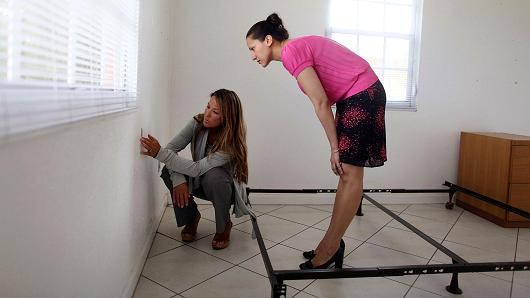Tight supply and high demand pushed home prices in September to a new peak nationally.
Prices were 5.5 percent higher than September of 2015, up from the 5.1 percent annual gain in August, according to the S&P CoreLogic Case-Shiller Index. The index has now surpassed its previous peak of July 2006. The nation’s 20 largest cities reported a 5.1 percent annual gain, unchanged from August.
“The new peak set by the S&P Case-Shiller CoreLogic National Index will be seen as marking a shift from the housing recovery to the hoped-for start of a new advance” said David M. Blitzer, Managing Director and Chairman of the Index Committee at S&P Dow Jones Indices. “While seven of the 20 cities previously reached new post-recession peaks, those that experienced the biggest booms—Miami, Tampa, Phoenix and Las Vegas — remain well below their all-time highs.”
Seattle, Portland, and Denver continue to see the strongest price gains. In September, Seattle prices jumped 11.0 percent year-over-year, followed by Portland with 10.9 percent, and Denver with an 8.7 percent increase. Twelve cities reported greater price increases in the year ending September 2016 versus the year ending August 2016.
These prices were measured before mortgage interest rates rose sharply in November. The average rate on the 30-year fixed loan had been hovering around 3.5 percent for several months but then jumped well over 4 percent following the presidential election. It is now around 4.25 percent.
Still another new read on home prices, looking at October values, also shows a hefty jump from a year ago. Zillow’s Home Value Index shows home values nationally up over six percent compared to a year ago. Competition for homes is so fierce that less than half of buyers get the first home they make an offer on, according to the report.
“The housing market has been favoring sellers for the past few years,” said Zillow Chief Economist Dr. Svenja Gudell. “Sellers in the current housing landscape often have the luxury of listing their home ‘as-is’ without fixing it up or with only minimal window-dressing since demand for homes has been high and inventory low. It’s common for sellers to receive multiple bids, and in the hottest markets, sell for over asking price, but these conditions will change in the future.”
source”cnbc”




